Ski trips can get pricey fast, but you can save big by avoiding hidden fees. Here’s the deal: resorts love sneaky charges like daily surcharges, parking fees, and overpriced rentals. These add up quickly and can wreck your budget if you’re not prepared. The good news? With smart planning and the right gear, you can dodge most of these costs.
Quick Tips to Save Money:
- Skip resort rentals: Renting gear can cost $25–$100/day. Consider buying your own equipment or using compact options like Snowfeet skiblades (starting at $250) to avoid rental fees.
- Avoid parking fees: Look for free lots with shuttles or carpool to save on gas and parking.
- Stay off-site: Lodging near resorts is cheaper, and many places offer free transportation to the slopes.
- Check for hidden resort fees: Read the fine print before booking to avoid surprise charges for Wi-Fi, cleaning, or parking.
Want to hit the slopes without breaking the bank? Focus on planning ahead, choosing budget-friendly gear, and being mindful of extra charges. Let’s dive into more ways to save!
How Can I Avoid Hidden Resort Fees On A Ski Trip? - Ask A Ski Bum
Common Hidden Costs on Ski Trips
Planning a ski trip? It’s not just about the lift ticket. There are plenty of hidden costs that can sneak up on you, so knowing what to expect can save you from sticker shock.
Resort Fees and Extra Charges
Ski resorts love to tack on extra fees. These can include charges for things like facility access, cleaning services, or even Wi-Fi. While they might seem small, they add up fast and can inflate your overall trip budget. Knowing these ahead of time can help you plan more realistically.
Equipment Rental Costs
Renting ski gear can run you anywhere from $25 to $100 per day. And let’s not forget, ski boots are often one of the more expensive items in rental packages. If you’re someone who hits the slopes even occasionally, owning your own gear can make more sense. Products like Snowfeet*, which are lightweight and easy to carry, can save you money in the long run by cutting out rental costs altogether.
Parking and Transportation Fees
Parking at ski resorts - especially during peak times - often comes with a fee. On top of that, transporting bulky gear can mean extra charges for shuttles or baggage. Compact options like Snowfeet* fit neatly into regular luggage, helping you avoid those pesky transportation fees.
Next, we’ll take a closer look at how investing in cost-effective gear like Snowfeet* can help you dodge these hidden expenses.
Cost-Effective Gear: Snowfeet* vs Traditional Skis
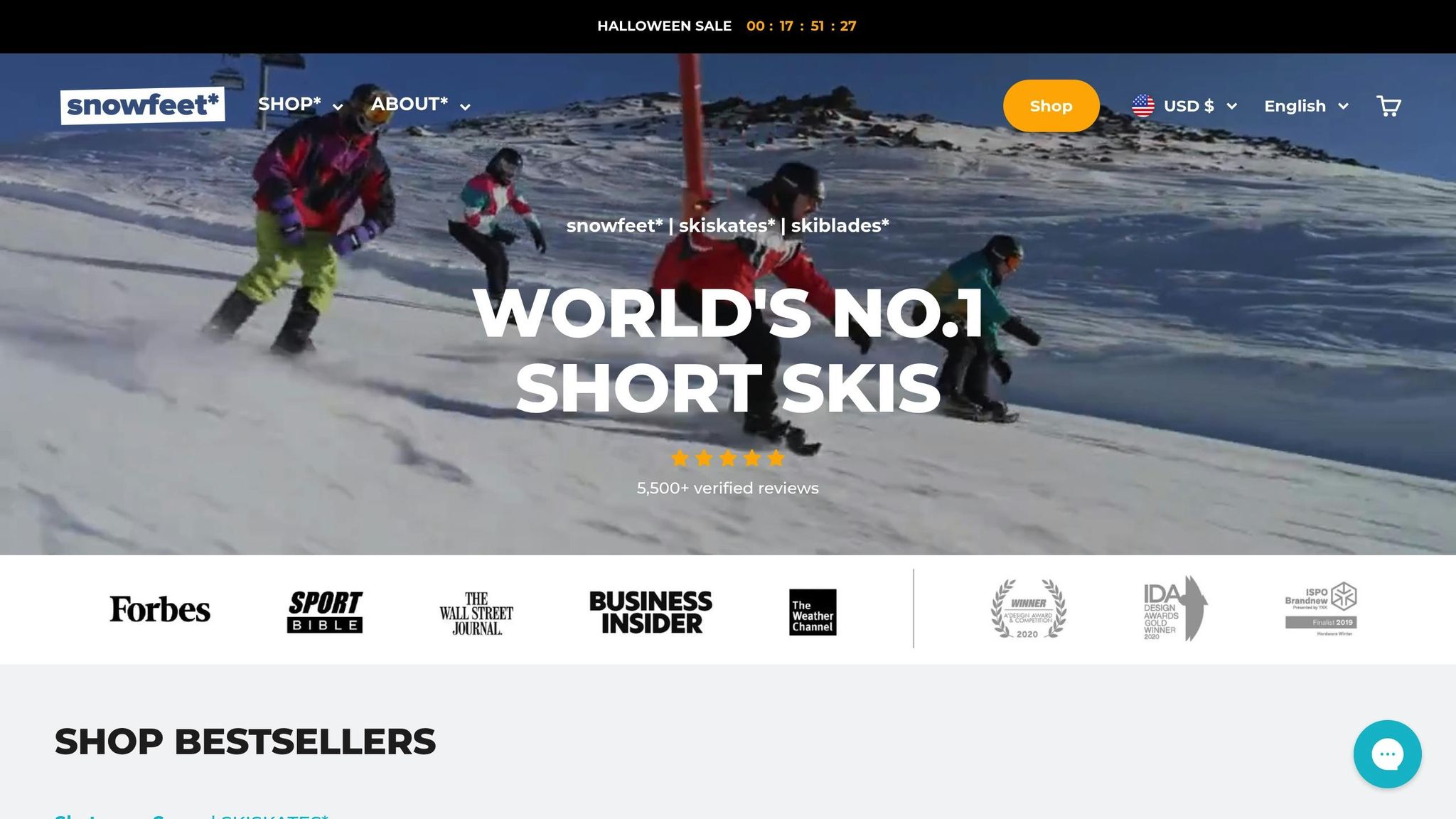
Picking the right gear can make or break your ski trip budget. Traditional skis often come with hidden costs like extra baggage fees and daily rental charges. On the other hand, Snowfeet* products offer a compact, all-in-one option that helps you sidestep many of these expenses.
Easy Transport and Convenience
Traveling with Snowfeet* Mini Ski Skates is a breeze. At just 15 inches long and lightweight, they can easily fit into your carry-on bag - no oversized luggage, no extra baggage fees. Whether you're flying or driving, their compact size makes them incredibly easy to transport, saving both hassle and money.
Say Goodbye to Rental Costs
Renting skis and specialized boots can quickly add up over the course of a ski trip. Snowfeet* eliminates this issue entirely. These mini ski skates work with your own winter boots, so there’s no need to rent gear. With prices starting at $250 for Snowfeet* Mini Ski Skates or $275 for the Snowfeet PRO, you make a one-time investment and skip rental fees altogether.
Cost and Flexibility Comparison
Here's how Snowfeet* stacks up against traditional ski equipment:
| Factor | Traditional Ski Equipment | Snowfeet* Products |
|---|---|---|
| Initial Cost | High if buying new gear | Starts at $250 |
| Boot Requirement | Requires specialized ski boots (or rentals) | Use your regular winter boots |
| Daily Rental Costs | Costs add up over multiple days | No rental fees |
| Baggage Fees | Bulky gear often incurs extra charges | Fits in carry-ons - no extra fees |
| Transport and Storage | Awkward and requires special carriers | Compact and easy to store |
| Learning Curve | Often needs professional lessons | Quick and intuitive to pick up |
| Terrain Flexibility | Best for groomed ski slopes | Works on slopes, trails, parks, and even backyards |
These differences make Snowfeet* a budget-friendly and flexible choice for snow enthusiasts.
Snowfeet* products are designed to go where traditional skis can't. While regular skis are best suited for groomed slopes, Snowfeet* gear handles a variety of snowy terrains with ease - whether it’s a ski resort, a park trail, or even your backyard. Plus, their user-friendly design means you can hit the snow right away, skipping the lengthy lessons that traditional skiing often requires.
How to Avoid Resort Fees
Resort fees can sneak up on you and throw off your ski trip budget. These hidden charges often lurk in the fine print of your booking details, but with some smart planning, you can sidestep them. Here’s how to keep your trip affordable and fee-free.
Choose Resorts That Offer Transparent Pricing
Smaller, family-run resorts are often a better bet when it comes to avoiding extra charges. These local spots tend to offer bundled pricing that includes everything from lift tickets to lessons - and sometimes even meals. Plus, mid-sized or regional ski areas often have perks like reduced parking fees or free beginner lessons, which can help stretch your budget. If you're really looking to save, staying at off-site accommodations near these resorts can further cut costs.
Stay Off-Site for More Affordable Options
Mountain-base lodging is convenient, but it usually comes with a hefty price tag. Instead, consider booking a hotel or vacation rental in a nearby town. Not only will you dodge the expensive "ski-in, ski-out" rates, but many ski areas provide shuttle services, making it easy to get to the slopes without paying for pricey on-mountain parking. Just be sure to double-check the transportation options when planning your stay.
Check Booking Details Thoroughly
Before you hit "book", take a close look at the fine print. Resort fees often cover amenities like Wi-Fi, fitness centers, or shuttle services - things you might not even use. Some resorts also tack on parking fees, so it’s worth checking if free parking is available and under what conditions. Pay attention to cancellation policies and local taxes too, as these can lead to surprise charges if you're not careful. A little extra scrutiny upfront can save you from unexpected costs later.
sbb-itb-17ade95
Skip Equipment Rentals with Snowfeet*
Ski trips can get pricey fast, especially when you factor in equipment rentals. Resorts often charge daily fees for skis, snowboards, boots, and other gear, which can add up to a hefty bill over the course of a season.
Snowfeet*: A One-Time Investment
Snowfeet* offers a smart way to sidestep those recurring rental fees. Starting at just $250 for the Mini Ski Skates, you make a single purchase that saves you money long-term. These compact, lightweight skates fit easily into a regular backpack, so you can avoid those annoying extra baggage fees when traveling. Plus, they’re designed to work with your regular winter boots - no need to rent or buy specialized ski boots. It’s a win-win: less hassle, more savings.
Skip Rentals by Owning Your Gear
If Snowfeet* isn’t your style, investing in your own gear is another great way to cut down on costs. Shop during seasonal sales to grab quality equipment at lower prices, and you’ll save even more compared to renting every trip.
Why Ownership Beats Rentals
Let’s break it down: renting gear means ongoing expenses every time you hit the slopes. With Snowfeet*, you pay once and you’re done. Traditional setups often come with high upfront costs and continuous rental fees, while Snowfeet* offers a compact, easy-to-carry alternative that eliminates extra travel costs.
Find Free or Cheap Parking Options
Parking fees can sneak up on you, adding unexpected costs to your ski trip. But with a little planning, you can cut those expenses - or even avoid them altogether. Here are some tips to help you save on parking.
Look for Free Parking and Shuttles
Many ski resorts offer free parking lots located a bit farther from the main lodge. The good news? Most of these lots come with free shuttle services to get you to the slopes. Just be sure to arrive early, as these spots tend to fill up quickly.
Carpool or Use Public Transit
Resorts love carpoolers, and they’re not shy about showing it. For example, at Eldora Mountain in Colorado, the average number of riders per vehicle jumped from 1.8 to 3 during the 2024–25 season thanks to carpool incentives. Many resorts offer perks like premium parking spots for cars with multiple passengers, and some even run special carpool programs with extra benefits.
Carpooling doesn’t just earn you better parking - it also spreads out the cost of gas and parking among your group. And if you’re looking for an even cheaper option, check out public transportation. Many cities have direct bus or light rail routes to major ski areas, offering a budget-friendly alternative to driving solo.
Save Space with Snowfeet*
Carpooling is even easier with compact gear like Snowfeet*. Unlike traditional skis that need roof racks or eat up cargo space, Snowfeet* are small enough to fit inside your car. That means more room for passengers and less hassle with packing. Pairing Snowfeet* with these parking strategies can help you save money and make your ski trips more enjoyable.
Plan Your Budget-Friendly Ski Trip
Planning ahead is the secret to saving money on your ski trip without skimping on fun. By making smart choices about gear, lodging, and other expenses, you can enjoy the slopes without breaking the bank.
Let’s start with gear. Renting traditional skis can run you about $50–$70 per day. Over a few days, that adds up fast. But if you invest in Snowfeet* Mini Ski Skates, which cost $250, you’ll break even after just four days on the slopes. Plus, they’re compact enough to fit in a backpack, which means no extra transportation fees for oversized gear. That’s a win for your wallet and your packing list.
Next, think about where you’ll stay. Slope-side accommodations are convenient but pricey. Instead, look for hotels or vacation rentals within a 15–30 minute drive of the resort. Many of these options offer free shuttle services, saving you from resort fees that can tack on an extra $25–$50 per night. It’s a small trade-off for big savings.
Parking is another area where a little planning goes a long way. Free parking lots with shuttle services are a great option, but they fill up quickly. Arrive early to snag a spot, or carpool to split gas costs and secure better parking. Snowfeet*’s compact design also makes group travel easier by freeing up space in the car.
Finally, book everything in advance. Lift tickets, lodging, and packages usually get more expensive the closer you get to your travel date - especially during peak season. Look for early-bird discounts, which can save you 20–30% on lift tickets. And don’t forget to read the fine print to avoid unexpected fees.
FAQs
How do Snowfeet products compare to traditional ski gear in terms of cost and convenience?
Snowfeet products offer a budget-friendly and straightforward alternative to traditional ski gear. Think about it: a full set of skis, boots, bindings, and poles can set you back anywhere from $1,200 to $2,500. Meanwhile, Snowfeet Mini Ski Skates start at just $150, and their Short Skis come in at about $690. The secret to their affordability? They skip the need for pricey extras like specialized ski boots.
On top of saving money, Snowfeet products are incredibly convenient. They’re small and lightweight enough to slip into your backpack, making them ideal for last-minute adventures. Plus, they’re designed to work with your regular winter boots - no need to splurge on heavy, expensive ski boots. Whether you’re cruising down the slopes or trekking through snowy trails, Snowfeet makes winter sports simpler and more portable.
How can I avoid unexpected resort fees when planning a ski trip?
To avoid those pesky resort fees catching you off guard, start with some solid research before booking your stay. Check the pricing details carefully, and don’t skim over the fine print - this is often where extra charges like resort fees are mentioned. A site like ResortFeeChecker can be super handy for spotting properties that sneak in hidden fees.
Another way to save? Take advantage of loyalty programs or credit cards that include perks like waived resort fees. If you’re open to alternatives, think about staying at smaller, independently owned lodges or vacation rentals. These spots tend to skip the extra fees that larger resorts tack on. By planning ahead and staying mindful of potential costs, you can stick to your budget and focus on enjoying your ski trip without any financial surprises.
What are some tips for finding free or affordable parking at ski resorts?
Many ski resorts do offer free parking, but there’s usually a catch - it’s often limited and operates on a first-come, first-served basis. Some resorts have free lots that are farther from the slopes, while others might waive parking fees if you’re carpooling with enough passengers. A handful even allow overnight parking for RVs, which is a solid option if you’re road-tripping in a camper.
Want to save some cash? Get there early to snag those free spots, or check out shuttle services from nearby lots that tend to be easier on the wallet. A little planning - like reviewing the resort’s parking policies ahead of time - can save you from surprise fees and make your day on the slopes way less stressful.








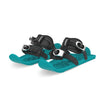

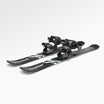



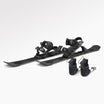








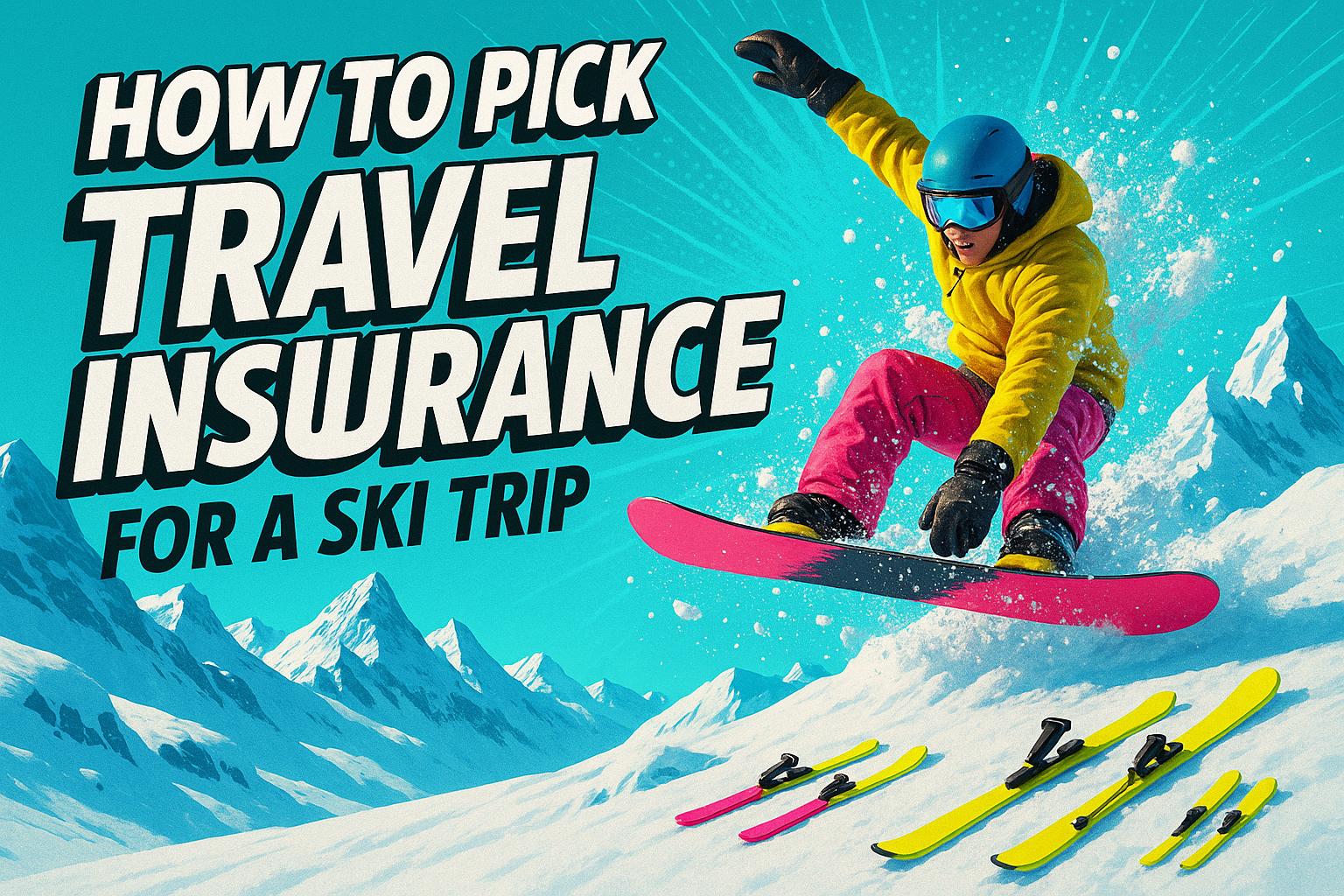

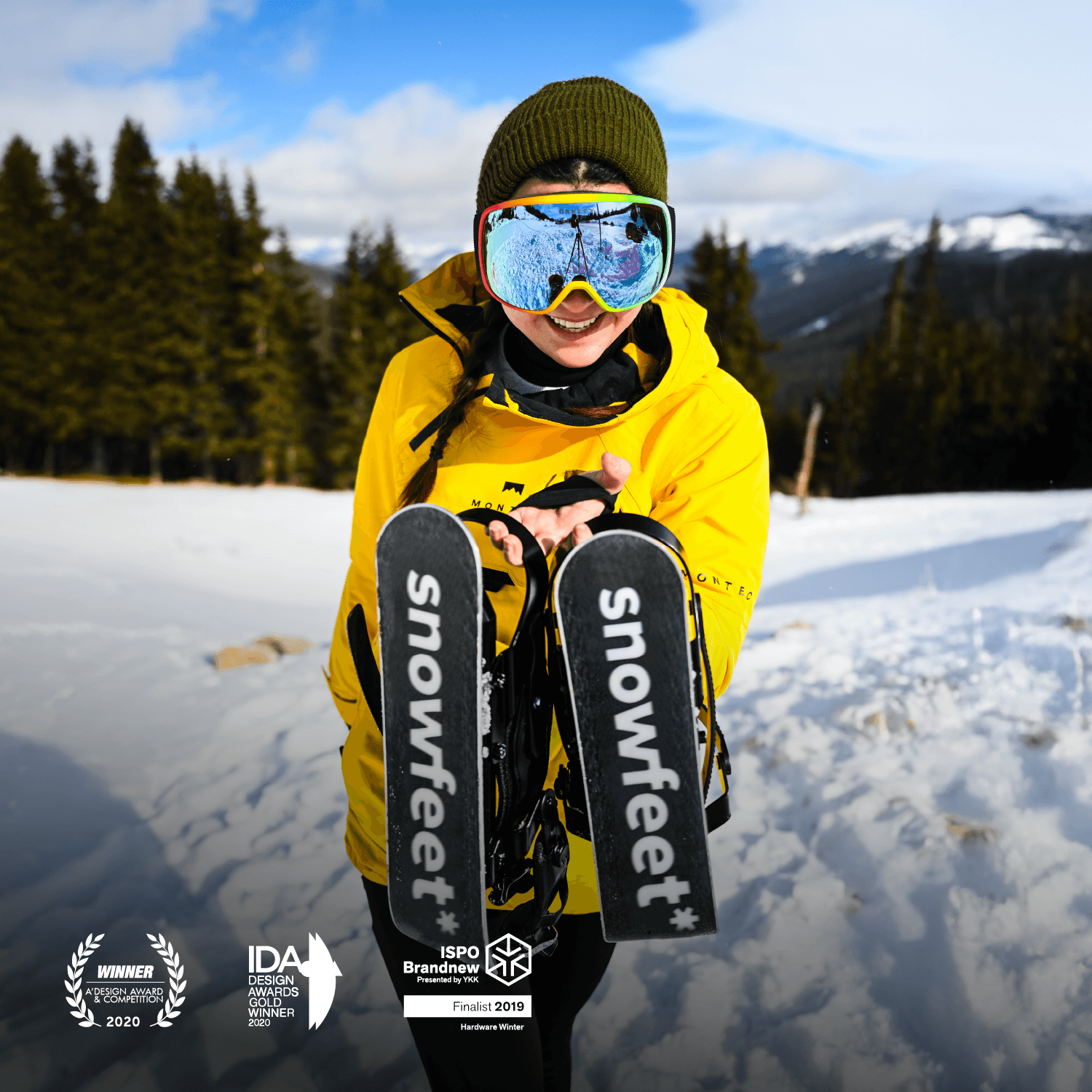

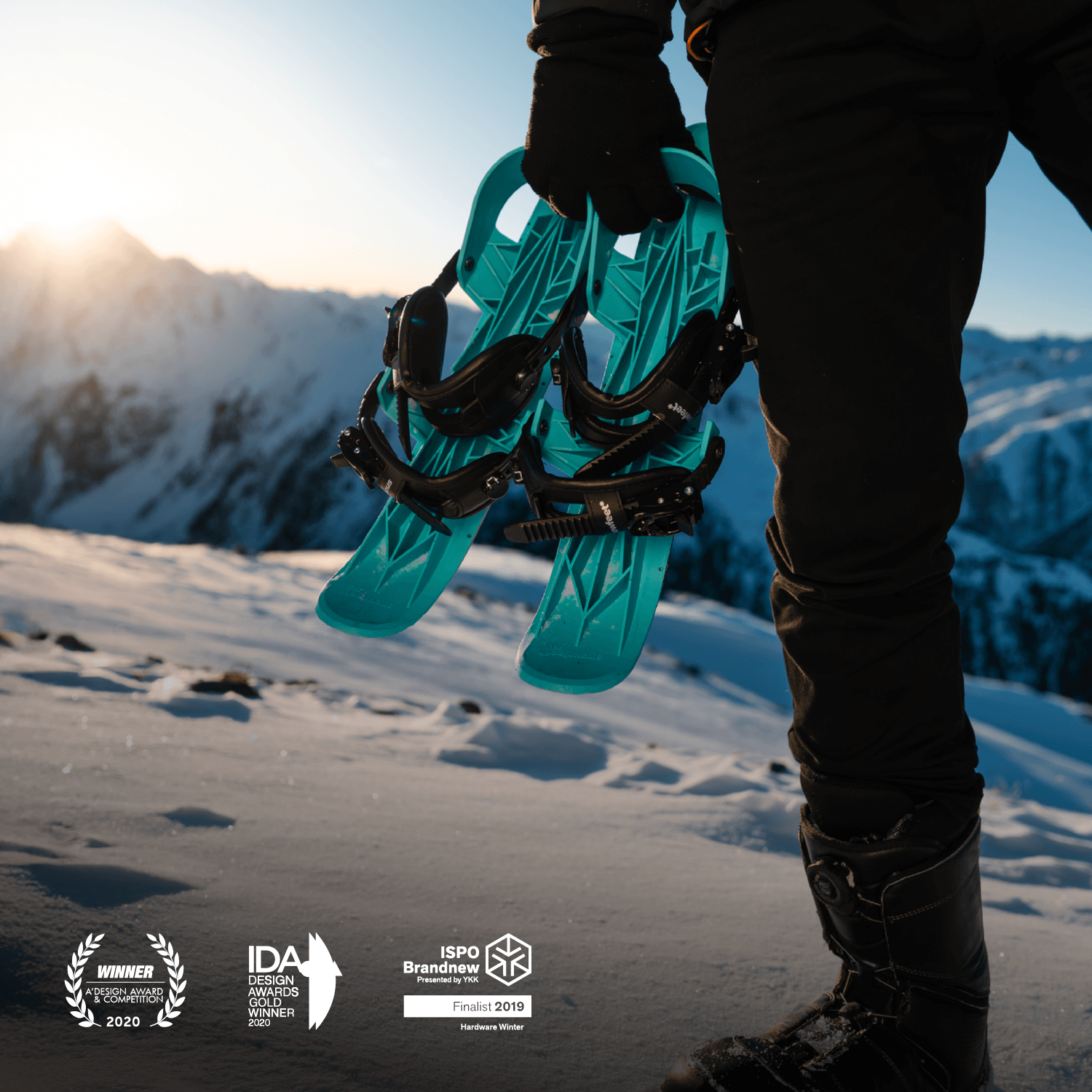
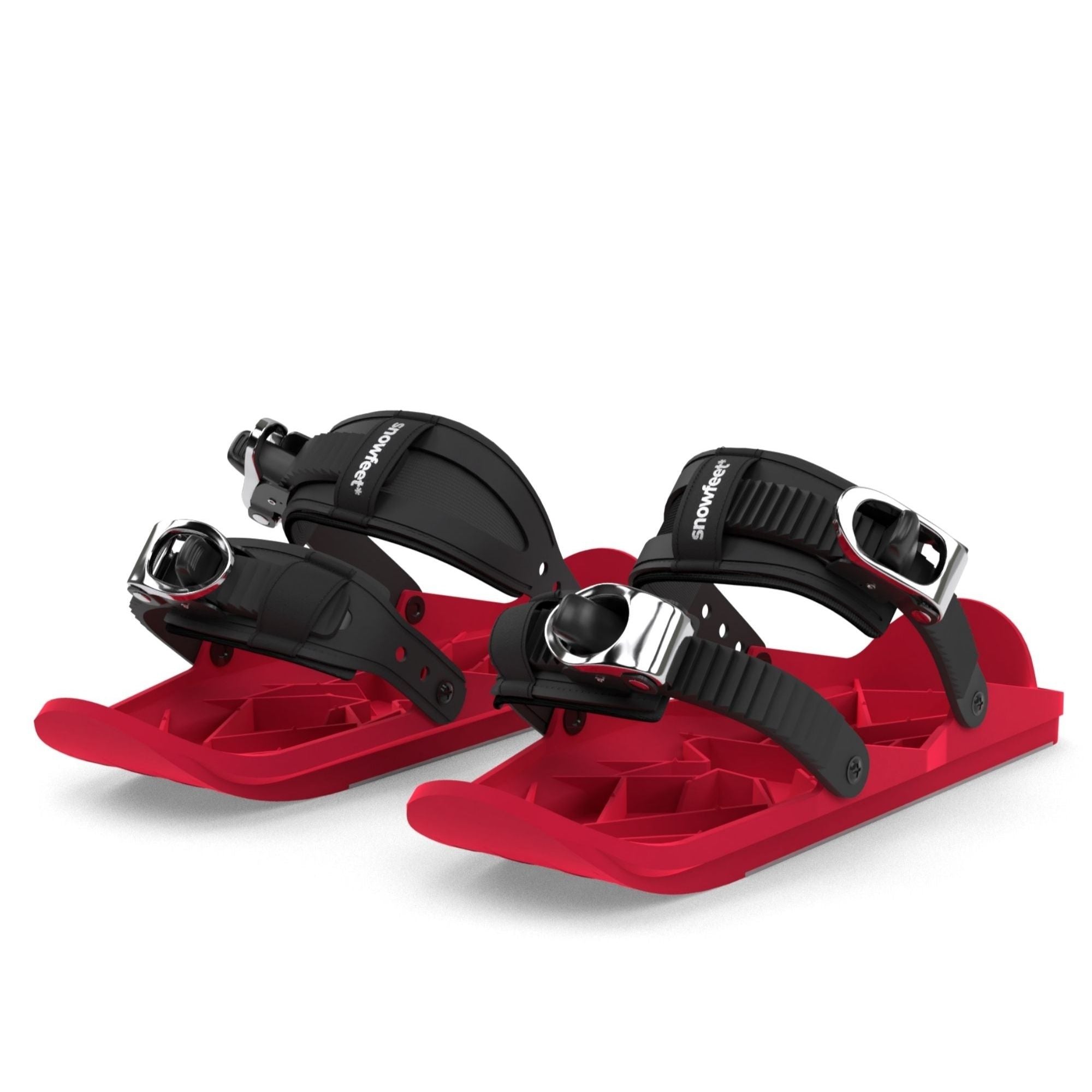



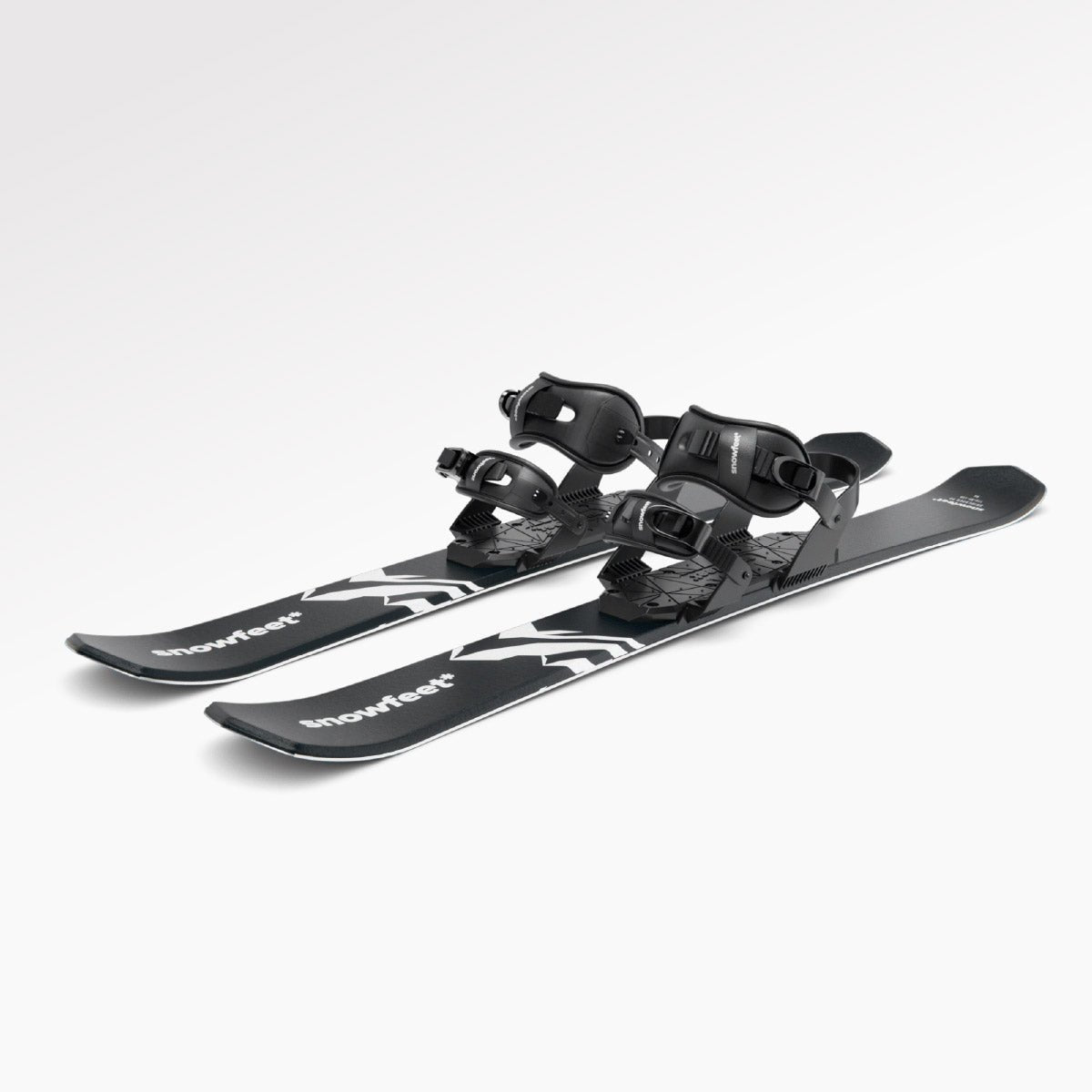
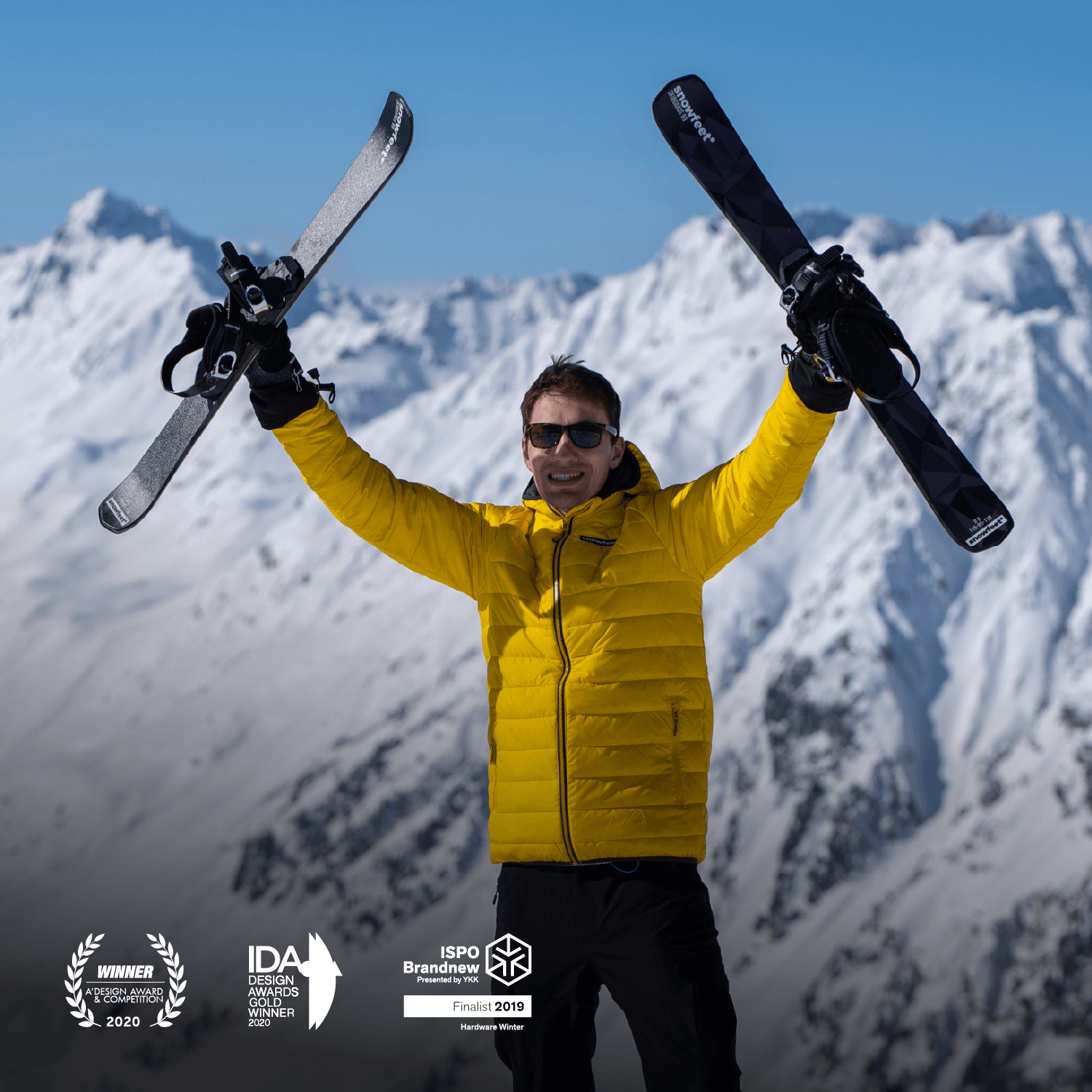
Leave a comment
This site is protected by hCaptcha and the hCaptcha Privacy Policy and Terms of Service apply.